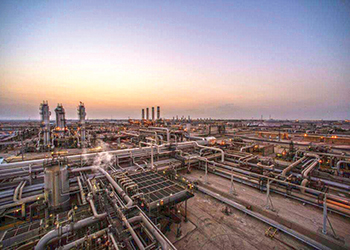
The Internet of Things can help construction companies with on-time, on-budget project completion, says GAMAL EMARA, country manager, HPE Aruba.
As Bahrain ushers in a new era of ‘Smart City’ advancement, much has been predicted and promised about the integration of ICT (information and communications technology) into every aspect of the developments.
The computing capabilities of mobile and the Internet of Things (IoT) devices have advanced to a level that has made them capable of aiding the planning, designing, and building phases. But turning mobility into an effective tool requires not only computing power but also connectivity. At job sites, wired connections are not feasible and cellular networks are not always available and hence a strong case can, therefore, be made for developers to utilise wi-fi solutions which are not only easy to install and manage, but are now also affordable and rugged enough to see deployment in harsh construction surroundings.
IoT represents a huge opportunity for the construction industry, which is constantly processing data and strives for workplace safety, as well as efficiency. IoT needs a secure, scalable network to succeed and wi-fi offers what IT departments require for strong ‘construction IoT networking’.
Facilitating workflow
With the introduction of tablet devices, mobile project management has emerged as a worthy replacement to age-old methods. Coupled with the broad ecosystem of feature-rich mobile applications and the ability to draw from vast amounts of remotely stored data and ‘cloud’ services, these devices are capable of granting contractors, engineers and supervisors access to blueprints, schematics and other vital documents. Moreover, with the ability to instantly push updates to all members working on the project, mobile computing devices can aid collaboration and revolutionise the building information modelling (BIM) process in real-time.
With site-wide high-speed wireless connectivity for all mobile devices, workers gain the ability to transfer high volumes of data back and forth not only between each other but also headquarters. This significantly streamlines communications while cutting costs and improving operational efficiencies. This could also bear attractive ‘green’ benefits as staff no longer have to make regular trips to and from headquarters.
High speed wireless connectivity is an enabler of the following applications:
• Wearables: A truck driver can be required to put on a “wearable”, which may come in the form of an activity band. Drivers and management can be notified if a driver is missing or is being unproductive. Construction workers on-site can wear a helmet and vest with RFID (radio frequency identification), vitals monitoring, global positioning system (GPS) sensors, motion sensors, etc.
• Smart GPS: Knowing GPS data related to where your equipment is located and how it is being used is important for identifying cost savings opportunities and keeping your fleet organised. These benefits can be uncovered by analysing the GPS data from across your fleet and comparing it over a period of time.
• Asset tracking: At job sites, company assets are a major investment and the progress of construction is heavily dependent on their functionality. Heavy equipment is often required to be left on-site overnight which makes them a prime target for theft. Asset tracking technologies help monitor such equipment in remote locations and automatically detect and report suspicious behaviour.
Developers can also benefit from automated maintenance schedules, logs and reports. The availability of cheap and easy-to-use RFID technology has made possible the automation of inventory management. By knowing in advance which materials are soon to run out, construction companies can foresee and avoid material deficiencies, thus eliminating losses in productivity.
• Equipment inspection: Equipment inspections can be enormously enhanced by the help of smart sensors. With the advanced sensors available now, machinery can self-detect the imminent need for a repair before it becomes a larger issue. Lost/late forms, low accuracy and undue internal processing time are no longer an issue with electronic processes.
• Site Security: Video surveillance enables better collaboration and remote supervision and is essential to site security. High-speed connectivity for robust and cost-effective camera equipment can mean the ready availability of high-definition video, making both identification and collaboration easier.
An IoT solution implementation is not impossible to manage, but it’s not easy either. In fact, developing solutions for the IoT requires unprecedented collaboration, coordination and connectivity for each piece in the system, and throughout the system as a whole. All devices must work together and be integrated with all other devices, and must communicate and interact seamlessly with connected systems and infrastructures. The challenge for the developer is to find a robust enterprise-class wireless local area network (WLAN) solution that is affordable in terms of the capital expense and operational overheads.




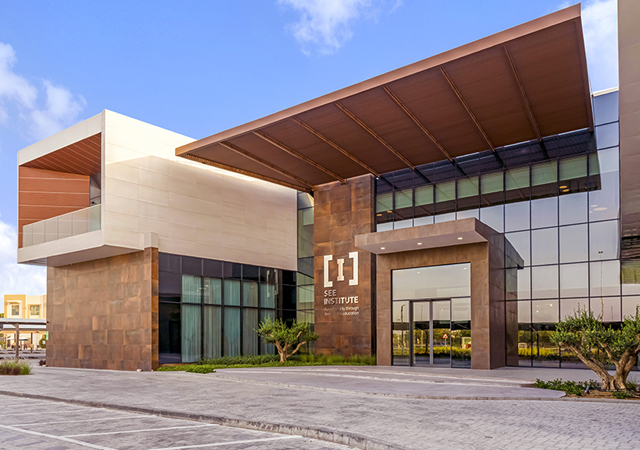
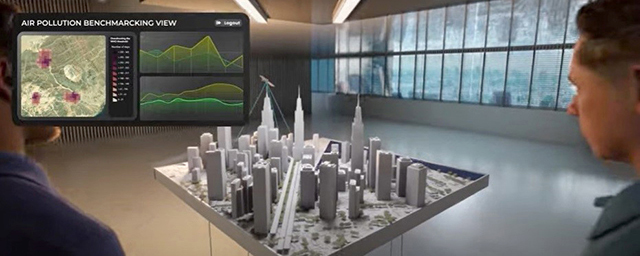

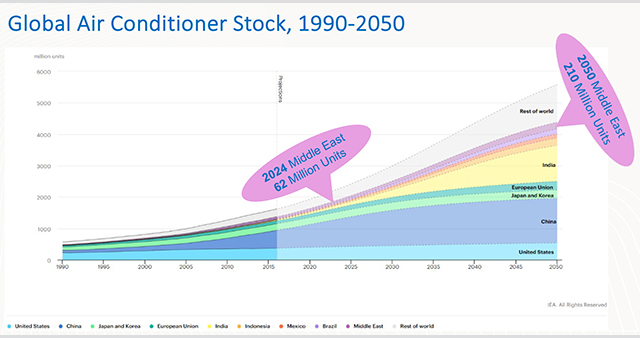
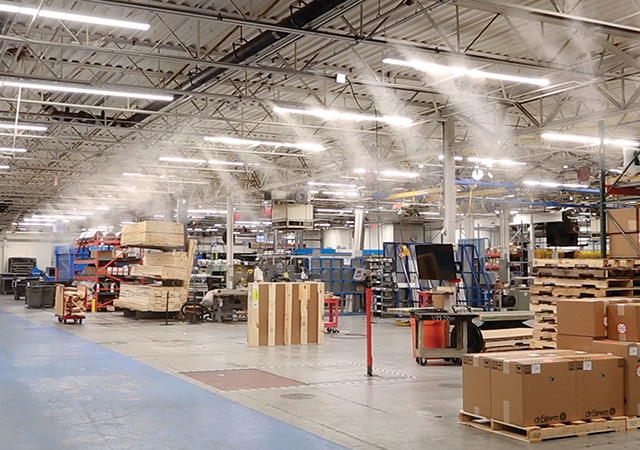


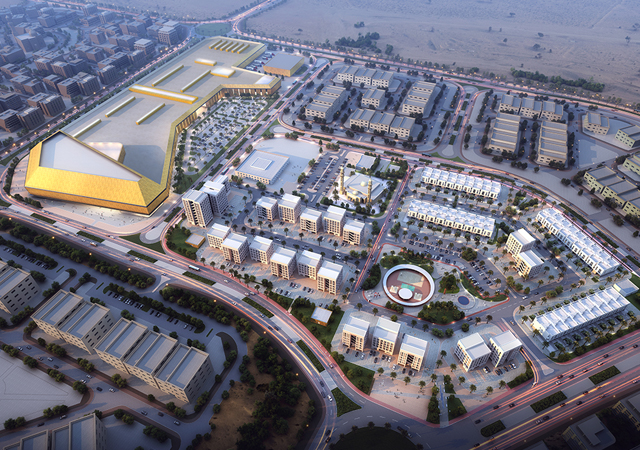

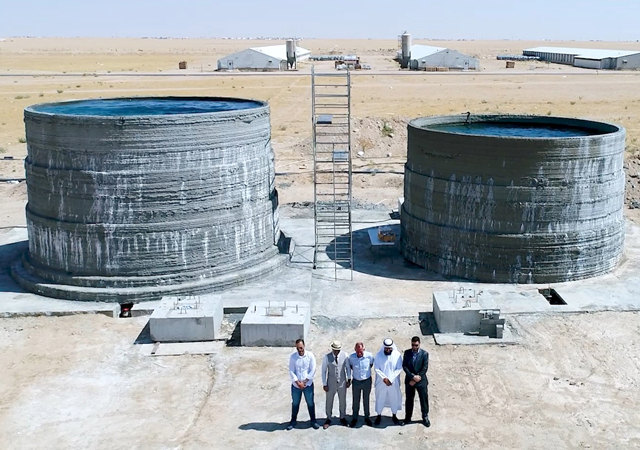

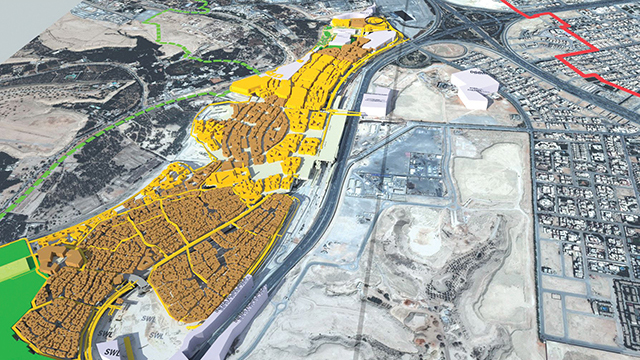


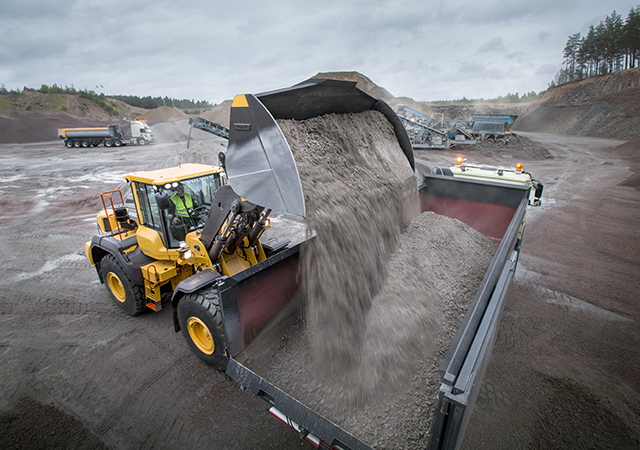
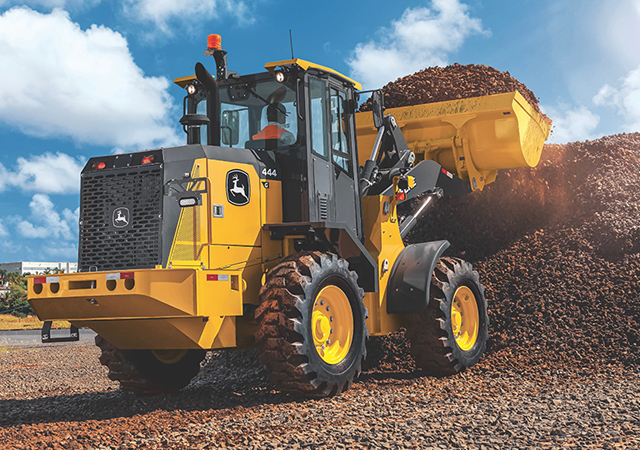

_0001.jpg)
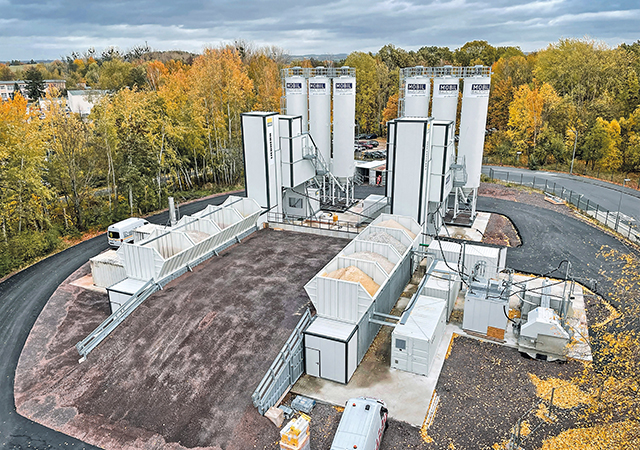
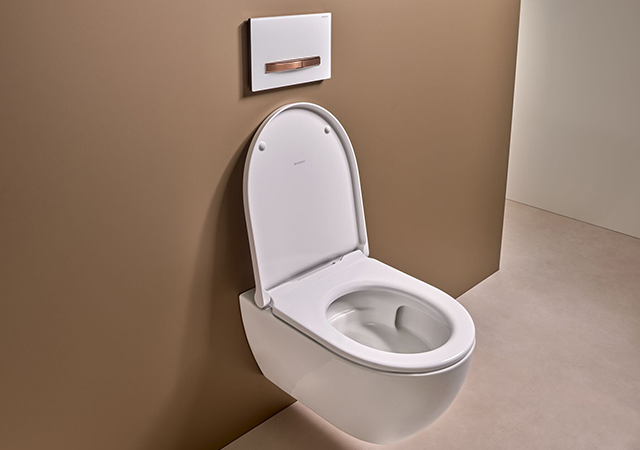
.jpg)
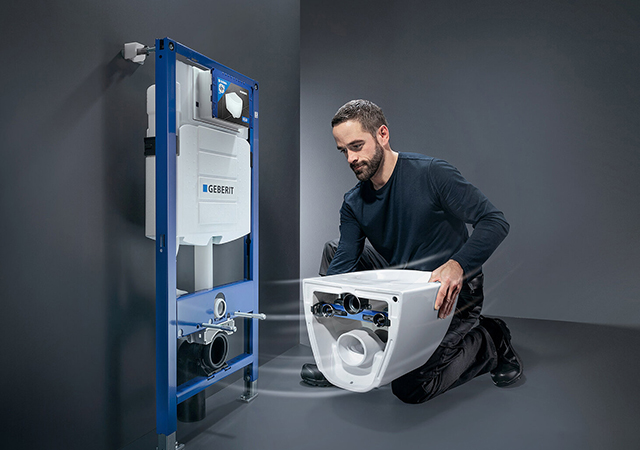

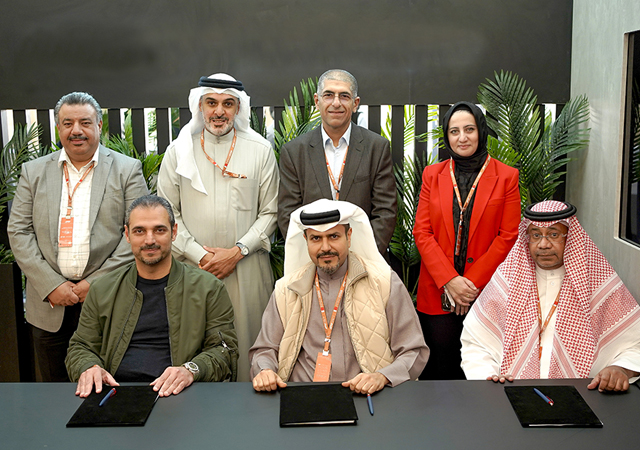
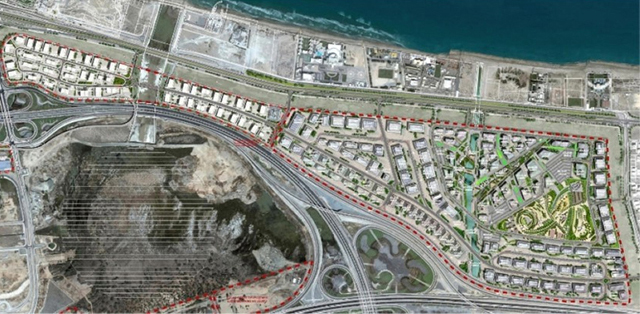












.jpg)
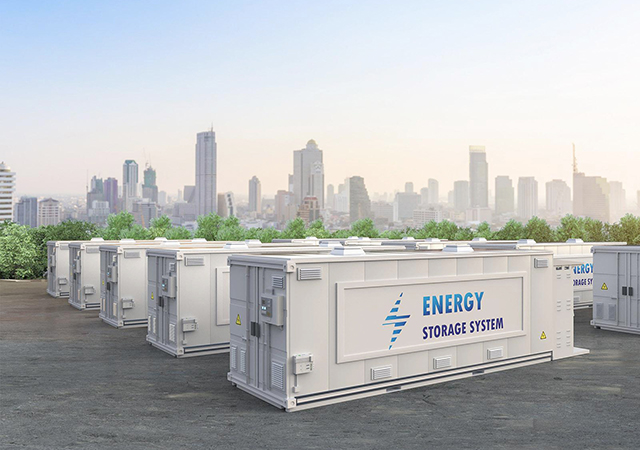







.jpg)


